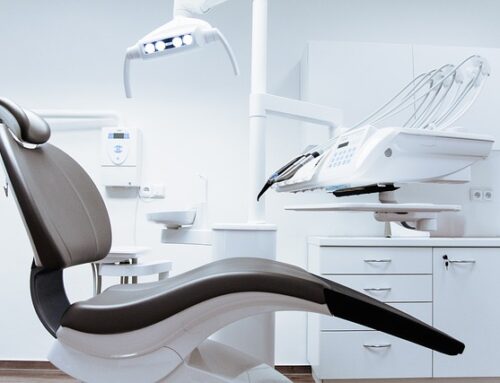Recently there has been a push for manufacturers to inform dentists that they can find patients that may be at risk for sleep apnea by using the cone beam computed tomography (CBCT). While the CBCT can be used to properly diagnose a patient’s temporomandiublar joint (TMJ) disorder, it can cause missing factors in a sleep breathing disorder diagnosis. Manufacturers are pushing CBCT for a diagnostic tool, but my fear is that dentists will then miss many patients who might have issues because the imaging might show adequate airway size and patients may not be questioned further to determine that a potential issue may exist. Patients should be protected and while the CBCT is a great tool, we need to provide further options to properly identify our patients.
CBCT for TMD
The use of the cone-beam computed tomography (CBCT) of the maxillofacial region has quickly created a revolution in all fields of dentistry. It has expanded the role of imaging from diagnosis to image guidance for many procedures. It has also eliminated some of the inherent limitations we have long since experienced with 2D images such as magnification, distortion, superimposition and misrepresentations.
By utilizing CBCT imaging, clinicians receive sub-millimeter spatial resolution images of high diagnostic quality with relatively short scanning times (10-70 seconds) and a reported radiation dose equivalent to that needed for 4 to 15 panoramic radiographs. CBCT imaging is ideal for the evaluation of fractures, degenerative changes, erosions, infection, airway volume, sinus, nasal passages and various other pathologies or abnormalities.
Missing Part for Airway
While CBCT can be a proper tool to help support our findings in TMD patients and evaluation of the airway, it is still lacking in one area. A risk factor of sleep apnea is a small neck or airway, tongue larger than the space it occupies, vaulted palate, etc. When this is the case, it is important to get screened and tested for sleep apnea or any other form of a sleep related breathing disorder.
However, the use of CBCT imaging may miss people with large airway volume but yet have sleep apnea based on various other factors. As dentists and physicians, we need to be aware of this. While we can use CBCT in our practice, we need to still utilize clinical judgment and an understanding that various other conditions may also contribute to sleep breathing disorders independent of a small airway.
Let’s take a stand for our patients to ensure we are properly treating their symptoms by testing for all symptoms. Contact my office today to learn more about CBCT and ways we can ensure our patients are being treated properly.




